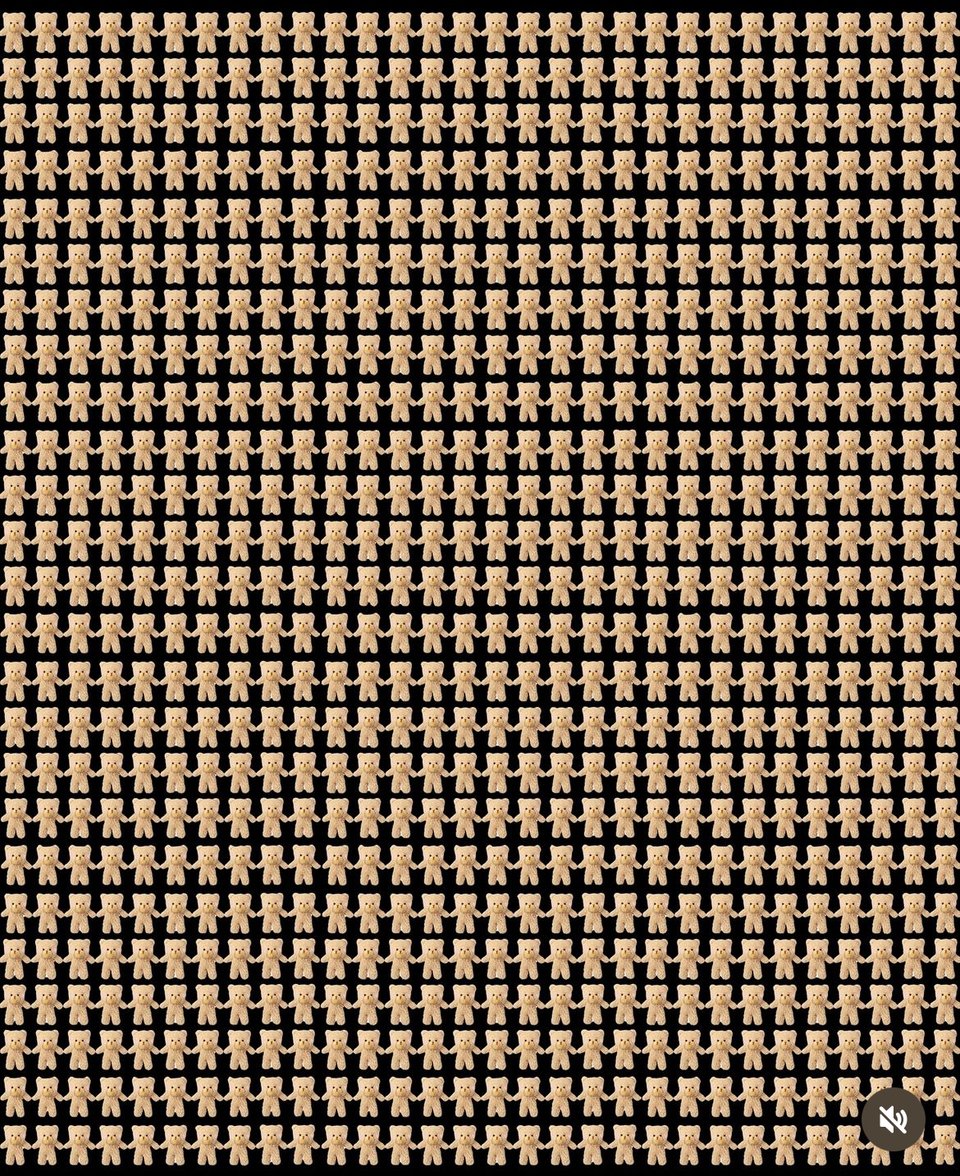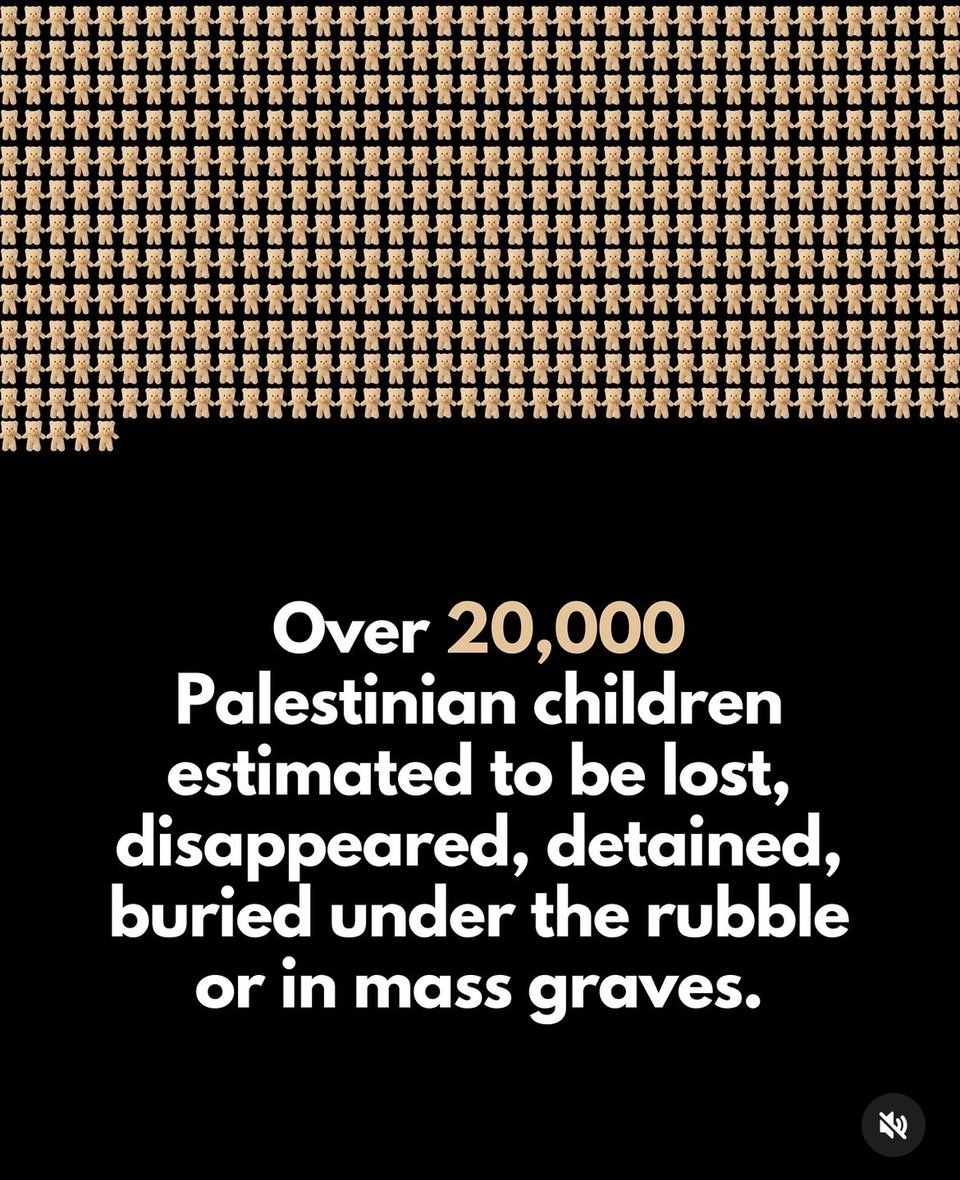getting high on my own supply - 15. in the box, in the cave
"after a lot of people" (september 2007)
i have always recorded my music on computers. as a classic rock fan, i've read many stories about the process of making music in the pre-digital era, how they famously spliced sections from two takes of "strawberry fields forever" together to get the final song, adjusting the speed to make them (mostly) match at the join, and of course as a millenial indie rock nerd i fetishize the sonic grain of the TASCAM portastudio as much as anyone, but if i'm honest, having made music with computers for so long, actually working in those ways mostly sounds like a nightmare, even as i have to acknowledge that the limitations of the analog approach (for example, having only 4 or 8 tracks and so needing to "bounce" down multiple tracks into one slot to free up space for more) contributes to the aura of the recordings (and also probably to accepting imperfections and calling things done because you don't have another choice and your studio time is almost up (another source of aura)).



while my recording process has always been digital, this song, "after a lot of people", still represents a paradigm shift in my means of production. up until this point, i'd been recording my songs in an app called Sonar. recording apps like Sonar are called "digital audio workstations" (DAW) and DAWs are meant to replicate all the features of a studio (capturing audio, editing, mixing, mastering, effects) "in the box" (the box is the computer). i don't remember exactly why i picked Sonar to start with: probably it seemed like something a lot of people were using and (probably more importantly) i found a working pirated download of it somewhere. for this new song, though, i had decided to switch to a groundbreaking new app that i was reading about, Ableton Live.



Sonar and traditional DAWs involve working horizontally across a series of rows. each row is a track (an instrument) and the x axis of the program represents the duration of the song, such that the left edge of the axis is the beginning of the song and the right edge is the end. this is a much more convenient way to work than tape (cutting and pasting sections involves keyboard shortcuts instead of magnifying glasses and scissors and tape) which enabled new ways of working. producers could assemble songs from much smaller sections: take the first verse from take A except this one line in the middle which is better in take B. they also didn't have to make final decisions about reverb or EQ or the balance between tracks, since those decisions could be deferred forever in the space of digital infinity.



but while digital editing was much easier than physical tape, it still followed the same linear thought process: the difference more a matter of degrees than of kind (see: this video of quincy jones (rip) and herbie hancock using one of the earliest DAWs). ableton's paradigm shift was to introduce a new dimension to the process of composition. instead of a stack of rows playing linearly like strips of tape, now imagine a spreadsheet where a column is an instrument and a row is a "scene" (a section of a song, which can be any arbitrary length), such that every cell in the sheet is a particular sound in a particular section. you can trigger and manipulate and rearrange these cells into scenes more freely than in traditional linear arrangements, which allows for a much more flexible and improvisational approach to assembling songs than the traditional way, where you can try different combinations of parts in real time, more like a live instrument (thus the name) than a tape recorder.



this song is also the first time i'd really worked with samples (ableton was also the app to popularize the new technological superpower of "warping" samples, changing their timing without having to change their pitch). it's built around a recording of the opening two chords of satie’s “gymnopedie no.1”—in one layer, i've reversed the loop so it floats like a cloud and in another layer i'm playing the same chords forward, staggering the second layer so that the the reversed chord lines up with its forward sibling. the tonal shifts for the different sections are just pitching the samples up a few semitones. the title and the lyrics are inspired by "after walker evans" by sherrie levine and michael mandiberg's "after sherrie levine", as well as an honors course in byzantine art i took my last semester where i learned about the status of the copy in icon painting (where icons represent a direct connection to the divine, are the divine, rather than just representations of it) and wrote an essay talking about walter benjamin and the aura and i'm thankful when she handed our papers back the professor sarcastically said "a lot of you are very interested in walter benjamin".


i was interested because he wrote so beautifully, but, as the lyrics fumble at, at the time i was actually anti-aura, all reproduction. when asked the classic matrix stoner conversation of "if you could take the blue pill or the red pill which would you take" my answer was immediately "blue pill", which i didn't think of (at the time at least) as a willful ignorance of the horror and injustice of the world (those things weren't real enough to me to even think of, speaking of ignorance) but instead a rejection of a pervasive cultural authenticity fetish for the "real" and the "original" that i could never really understand. i was an art history minor and considered myself quite knowledgeable but at that point in my life basically my entire experience of fine art was either seeing printed images in books or scanned ones on the internet or projected from slides in a darkened lecture hall (plato's cave is a horror story but for me it was a romance) and because they were all i'd ever known, i didn't think of those experiences as lesser than. i've since been to many museums and had transcendent experiences in them that were dependent and i still don't think of them as lesser than. art can be so powerful that i think even when we can't get everything from it we can [mick jagger voice] still get something if we try and the something is still worthwhile to me so that's why i keep trying.


